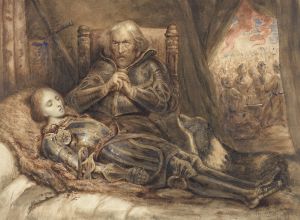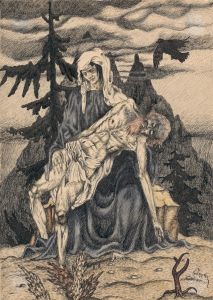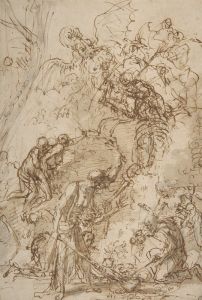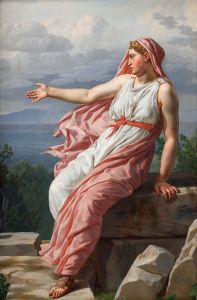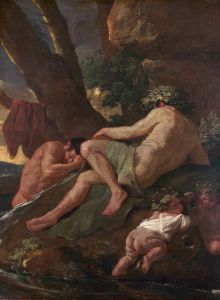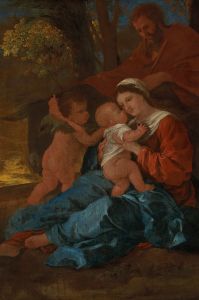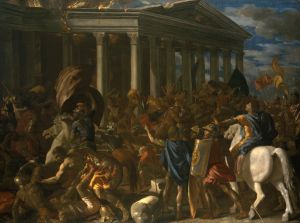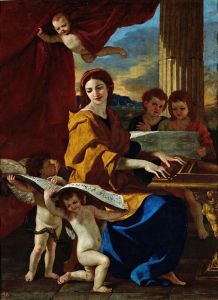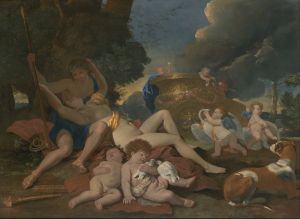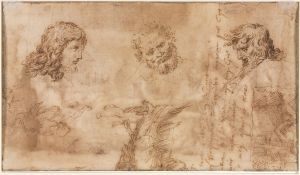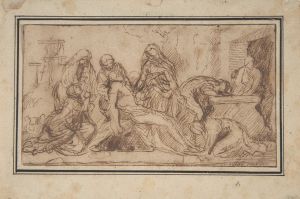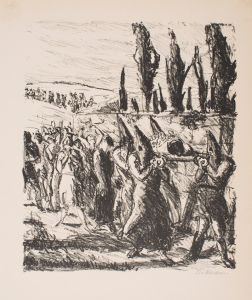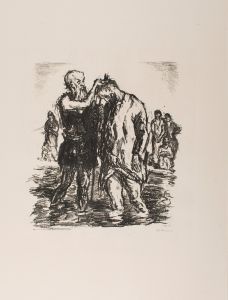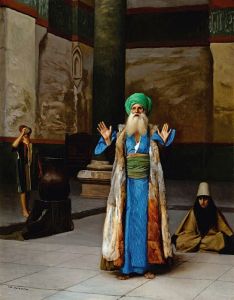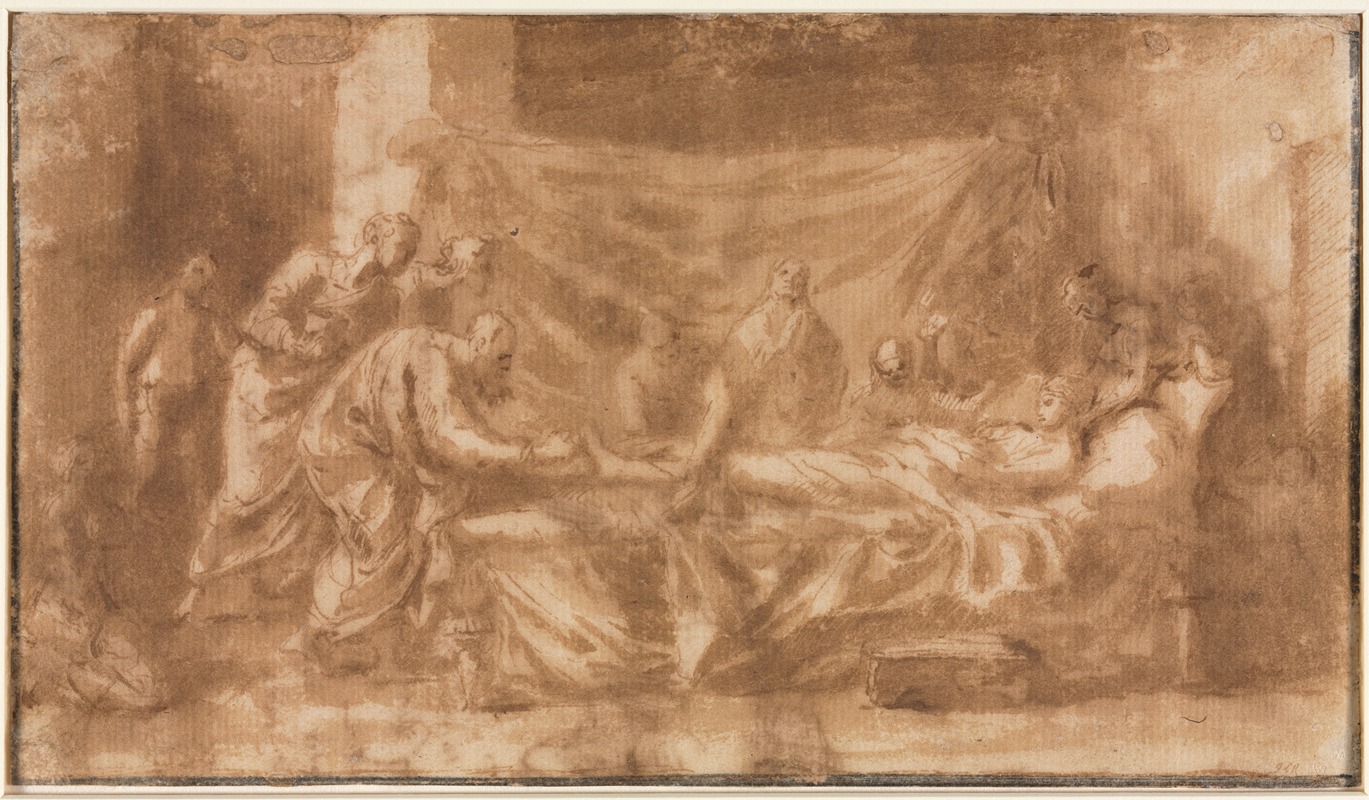
Extreme Unction
A hand-painted replica of Nicolas Poussin’s masterpiece Extreme Unction, meticulously crafted by professional artists to capture the true essence of the original. Each piece is created with museum-quality canvas and rare mineral pigments, carefully painted by experienced artists with delicate brushstrokes and rich, layered colors to perfectly recreate the texture of the original artwork. Unlike machine-printed reproductions, this hand-painted version brings the painting to life, infused with the artist’s emotions and skill in every stroke. Whether for personal collection or home decoration, it instantly elevates the artistic atmosphere of any space.
"Extreme Unction" is a painting by the French Baroque artist Nicolas Poussin, completed around 1638-1640. Poussin is renowned for his classical approach to painting, characterized by clarity, logic, and order, and this work is a prime example of his mature style. The painting is part of a series of seven sacraments that Poussin created for his patron, Cassiano dal Pozzo, an Italian scholar and art collector. These sacraments depict the rites of the Catholic Church, and "Extreme Unction" represents the sacrament of the anointing of the sick.
The painting illustrates a solemn and poignant scene where a priest administers the sacrament to a dying man, surrounded by his family and friends. Poussin's composition is carefully structured, with the figures arranged in a harmonious and balanced manner, reflecting his classical influences. The use of light and shadow in the painting enhances the emotional gravity of the scene, drawing the viewer's attention to the central action of the anointing.
Poussin's attention to detail is evident in the expressions and gestures of the figures, which convey a range of emotions from grief to hope. The artist's use of color is restrained yet effective, with a palette that underscores the somber mood of the scene. The architectural elements in the background, typical of Poussin's work, provide a sense of stability and timelessness, anchoring the spiritual significance of the sacrament in the physical world.
"Extreme Unction" is notable for its theological and philosophical depth, reflecting Poussin's interest in the moral and ethical dimensions of human experience. The painting invites contemplation on themes of mortality, faith, and the human condition, encouraging viewers to reflect on the transient nature of life and the hope of spiritual salvation.
The series of sacraments, including "Extreme Unction," was highly influential and is considered one of Poussin's masterpieces. It demonstrates his ability to convey complex religious themes with clarity and emotional resonance. The series was later acquired by the Duke of Rutland and is now housed in the Fitzwilliam Museum in Cambridge, England.
Poussin's work, including "Extreme Unction," has been studied extensively for its artistic and historical significance. His approach to composition, use of color, and ability to convey profound themes have made him a central figure in the history of Western art. "Extreme Unction" remains a testament to Poussin's skill as a painter and his deep engagement with the spiritual and philosophical questions of his time.





